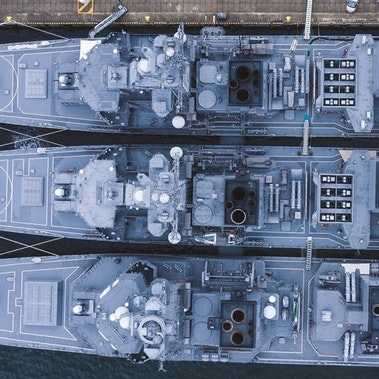Rather than being governed by the profits and losses statements as a measure of value, the sector emphasized performance without the constraints of budget and cost and was characterized by long product cycles (lasting up to 50 years) and long-term partnerships between the military establishment and selected companies. The competitive landscape of the defense sector was comprised of established and stable nation-based champions, with enduring relationships with the military administration.
The defense sector is undergoing a deep transformation
That paradigm, however, is changing
Driving the transformation has been a new set of factors: the end of the Cold War has de-emphasized the need for large standing armies, placing greater pressure on defense budgets in Western Europe; military operations have grown increasingly complex, with the rise of new battlespaces, such as cyber warfare; the growing digitalization of the battlefield has changed warfare; and the rise of asymmetric threats has changed the nature of conflict, calling in turn for new strategies and capabilities.
One consequence of these new trends is that the defense industry no longer enjoys the same protection from competition as it once did, with new players and disruptive startups entering the market thanks to lower costs and/or advanced digital technologies. Another consequence, armies are more and more willing to use on-the-shelf products, to reduce development costs.
This market evolution has had a broad impact, pressuring in particular traditional development cycles and engineering practices, which are the focus of these articles. Incumbent players have begun to adapt and are progressively upgrading their development and innovation processes in order to master and turn disruption into a competitive advantage.
Defense firms are in a position to leverage various breakthroughs in engineering processes and approaches so as to shorten development cycles, reduce non-recurring costs, and increase client satisfaction.
To benchmark and map these breakthroughs and assess their maturity and impact, Oliver Wyman surveyed engineering directors at leading defense and non-defense players.












